|
On July 2, 2022 a few of the travelers from the April Galapagos Expedition got together to discuss the book "Beak of the Finch" by Jonahtan Weiner (https://www.pulitzer.org/winners/jonathan-weiner - http://www.jonathanweiner.com). The book describes and reflects on the groundbreaking evolutionary research by husband-and-wife scholars Peter and Rosemary Grant (https://eeb.princeton.edu/people/b-rosemary-grant - https://eeb.princeton.edu/people/peter-grant - https://paw.princeton.edu/article/people-who-saw-evolution - https://press.princeton.edu/books/hardcover/9780691160467/40-years-of-evolution). The video is 1 hour, 5 min. The Chat from the discussion is available for download below...
Here is a very fun and informative video describing the work of the Grants (16:08).
0 Comments
Watch these two videos for highlights of our Galapagos expedition! The first is a slide show composed of images taken by the travelers and the second is a video compiled by the expedition videographer.This is our last full day in the islands. We visit San Cristobal, the easternmost island in the chain. It is formed by four volcanoes bonded together and is the most humid island due to underground aquifers and freshwater flows. It holds the biggest freshwater lake of the archipelago called El Junco, located on the south center part of the island about 660m above sea level. San Cristobal is one of the two only places where the Red Footed Booby can be found. In the morning, it's hiking shoes on and walking sticks in hand as we climb up Punta Pitt, volcanic terrain at the northeastern end of the large island. We're walking up about 350 feet but it's zig-zaggy and very rocky.... In the afternoon we are shuttled to Cerro Brujo beach ("Wizard Hill") and in the distance you can see an isolated rocky outcrop in the water called Leon Dormido ("Kicker Rock"). It was a lazy time on the isolated strip of beach. The sun is setting on our last full day in the islands. At sunset we cruise by the Kicker Rock formation. A squadron of frigate birds were catching the ship's draft and hovered over the boat. At dinner it was a surprise for Merle! Santa Cruz Island is the second largest island in the archipelago. It is home to the most people there - about 25,000 folks, located mainly in the port city of Puerto Ayora. In the morning we went ashore and took a 30-minute drive inland and upland to visit a farm called Rancho El Manzanillo which is adjacent to the national reserve and so is full of giant tortoises. After returning to the Endeavor II it's time for a late afternoon wet landing at Bowditch Bay for walking along the beach, snorkeling or relaxing.
Today we explore around Santiago Island, the fourth largest of the Galapagos Islands. In the early morning we hike along Espumilla Beach, on the western coast. This beach is considered one of the archipelago's most important marine turtle nesting areas so we are enjoined to stay below the high tide line. The video below is of a group of five Blue Footed Boobies dive bombing for fish. In the afternoon we attempted some kayaking but it was too rough for us so we stayed aboard the Zodiac. Later in the day we were ferried to Puerto Egas beach for some sun, sand. and snorkeling. There we encountered an amazing scene - a mother sea lion was nursing two pups - one a little guy and the other an older brother (?) - the mom has enough of the noisy nursing and attempts to get a way - watch the video to see what happens next! But one of the most fun and unexpected experiences of the voyage was at cocktail time when skipper Eduardo Neira sang a number of songs accompanying himself on the guitar! Watch the video for his sing-along "I Love These Islands"! Truly a magical night. Read more about the captain here...
Isabela Island is the largest in the Galapagos group, created by the fusion of six large shield volcanoes - which gives the island its distinctive "seahorse" shape. In the morning we visit an area on the west coast of Urbina Bay - where, in 1954, the land was lifted up 15 feet almost instantaneously!
In the morning we visit Fernandina Island, with an active volcano rising to about 5,000 ft, one of the most active in the world (recent eruptions in 2005 and 2009)! It is also the world's largest completely pristine island, that is, containing no introduced species. We hike along the black lava beach at Punta Espinoza. The solid black slabs of dark ropy lava is referred to by the Hawaiian term "Pahoehoe." Lots of land iguanas taking the sun! We are starting to appreciate the results of the isolation of the wildlife and the absence of land-based predators. The animals are completely indifferent to our presence! After lunch we were shuttled to the western bioregion of the Galapagos Marine Reserve for deep water snorkeling. This is where we got a real surprise! Clearly, some critters WANT to engage with visitors! In the late afternoon, it was time for a wine tasting on the Observation Deck and to cross the Equator at sunset! As we did, the crew had a surprise for us! |
Just the highlights and headlines...
Archives
January 2023
Categories |
||||||
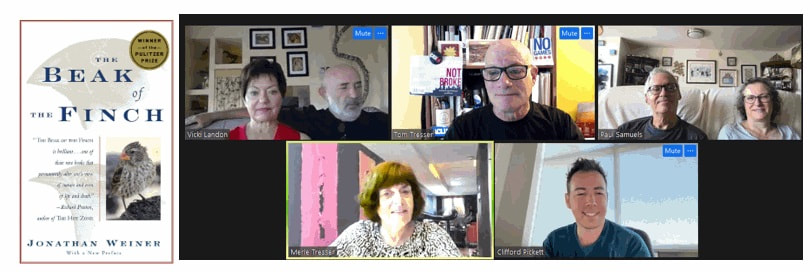






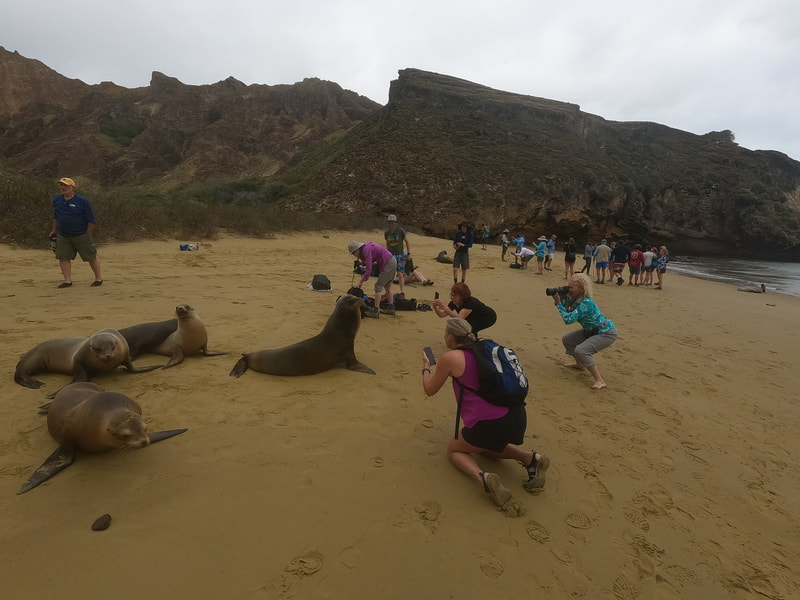

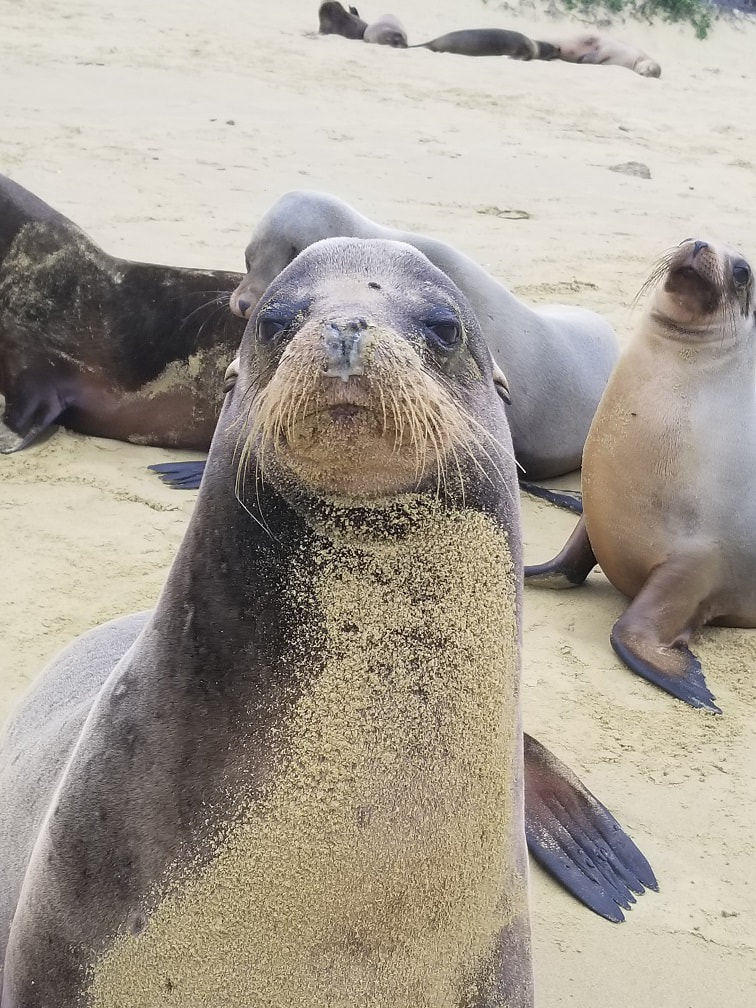
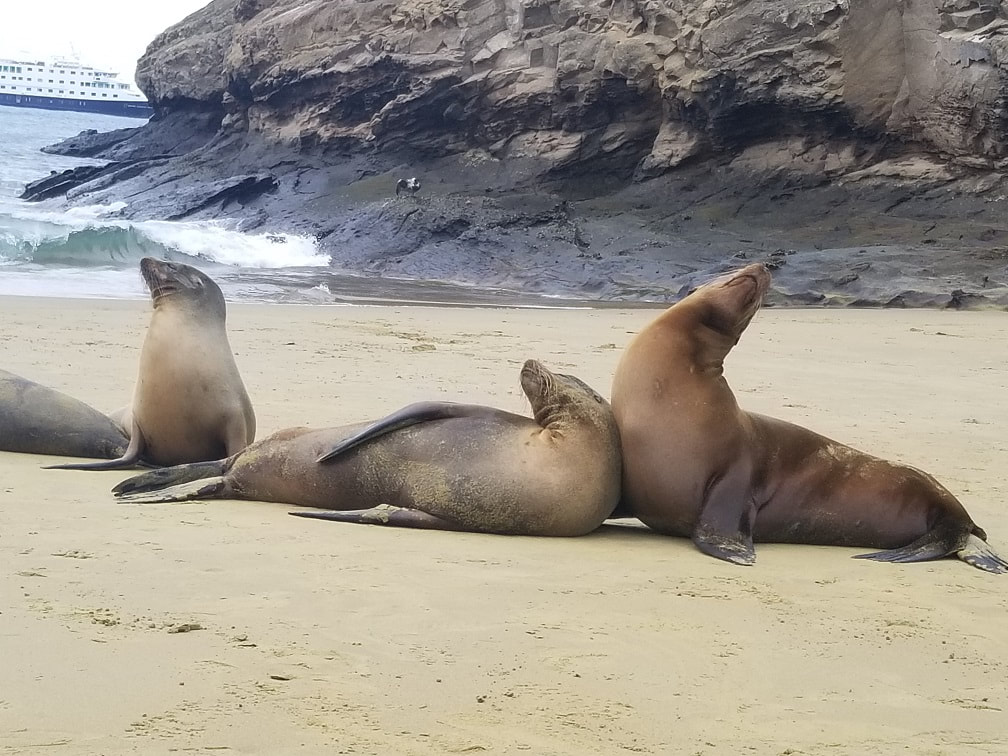





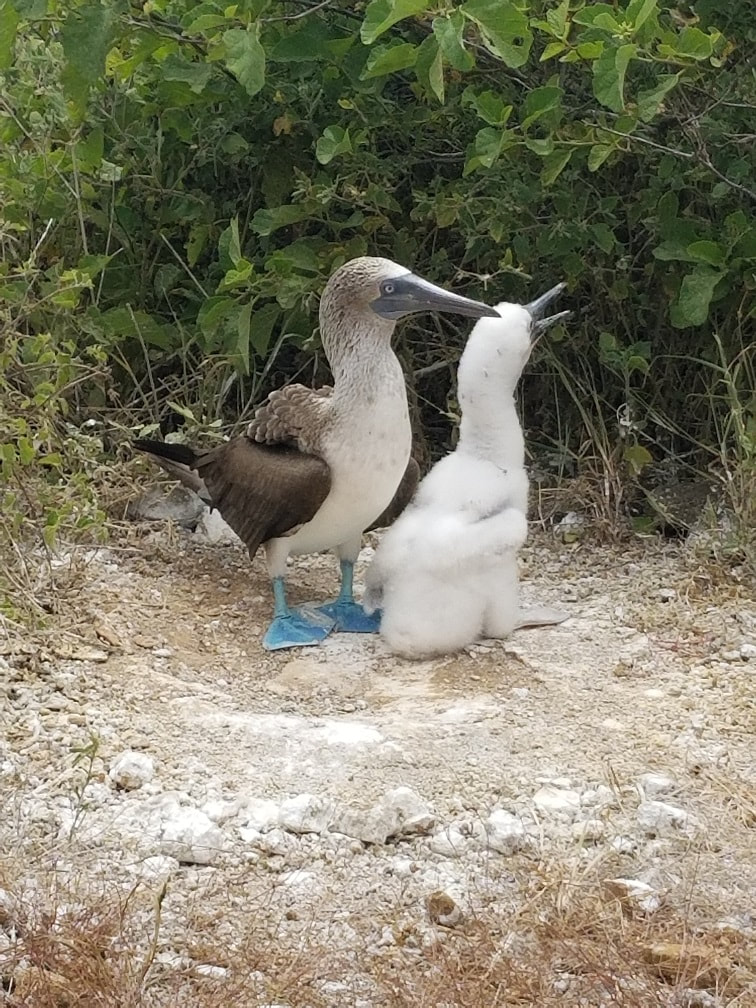














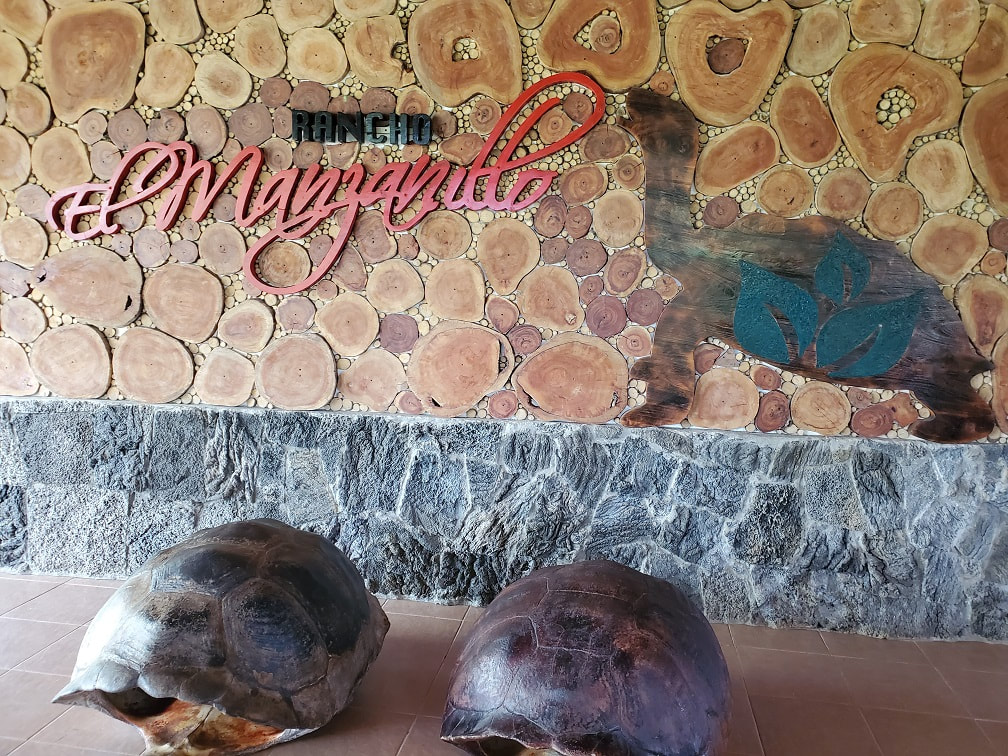

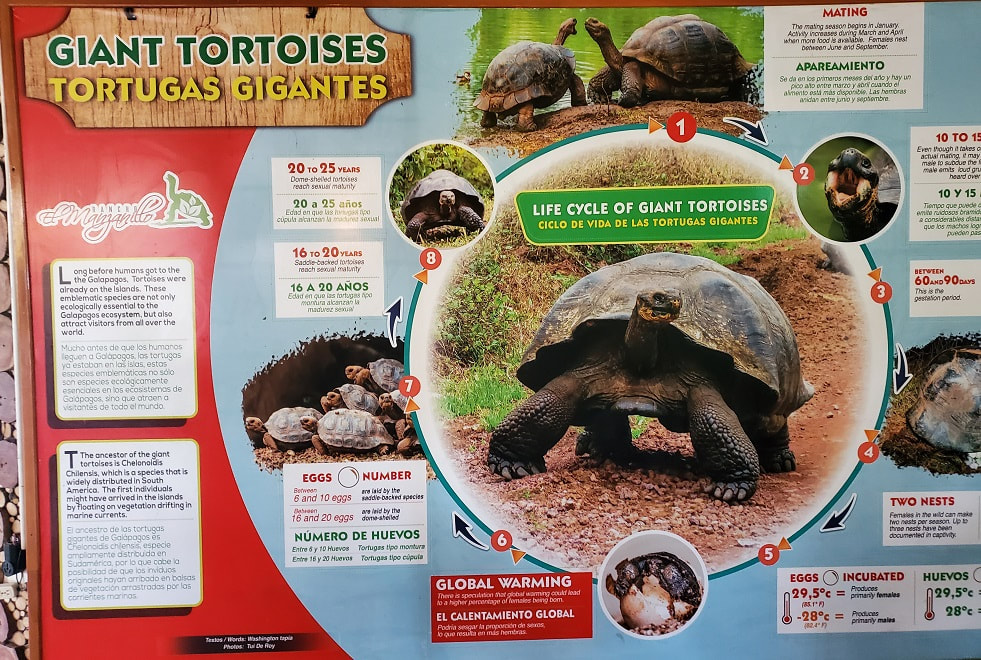









































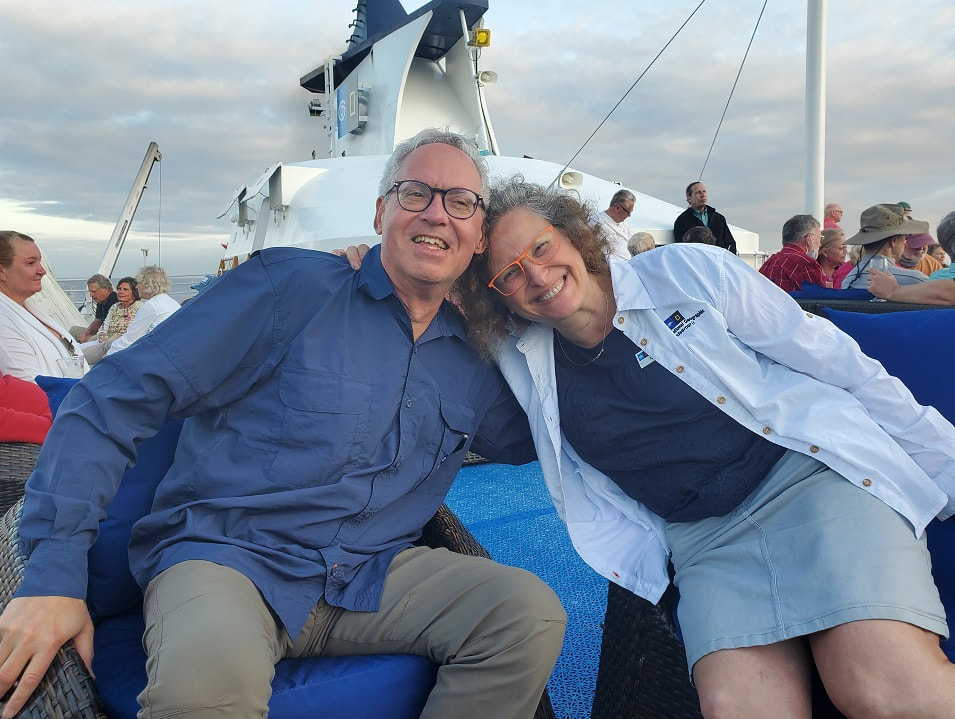




 RSS Feed
RSS Feed